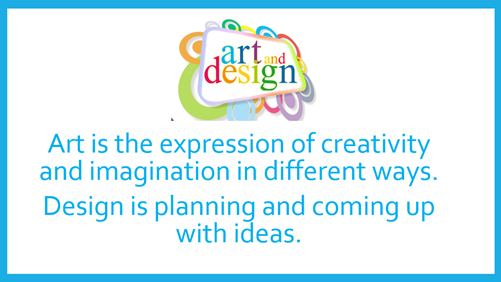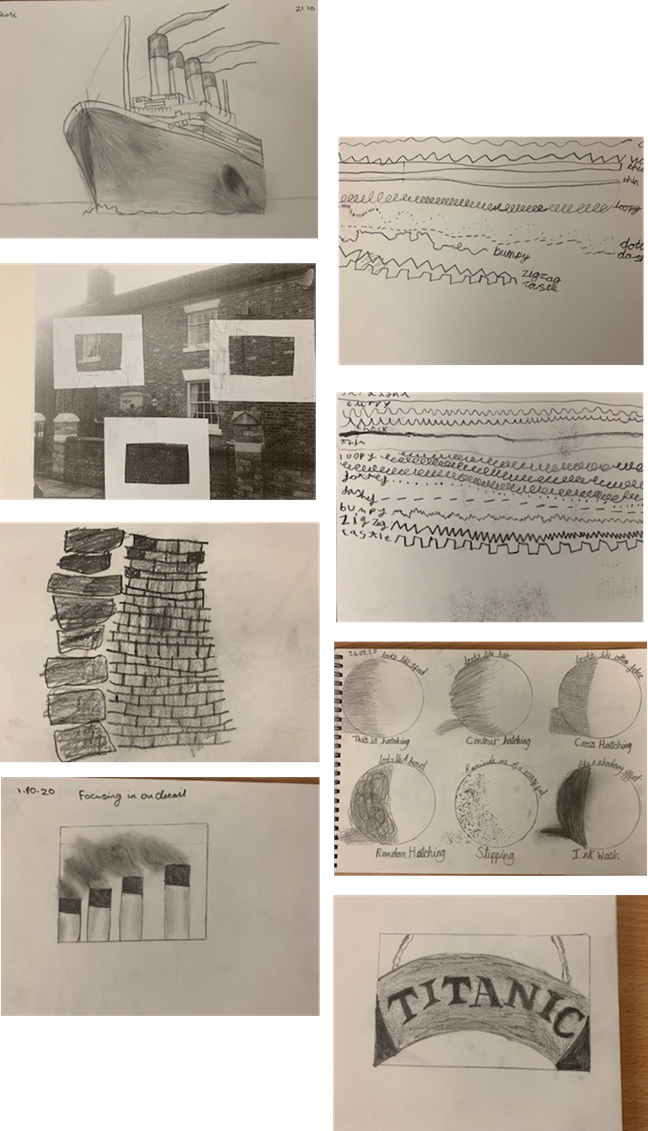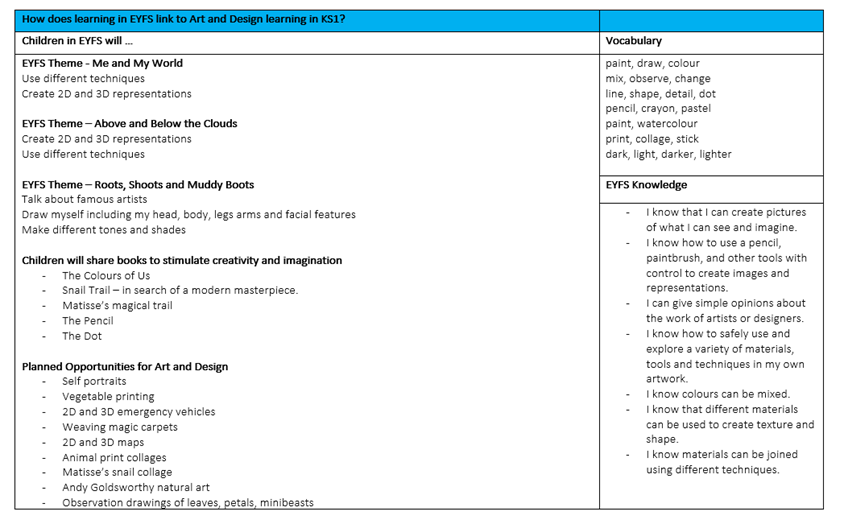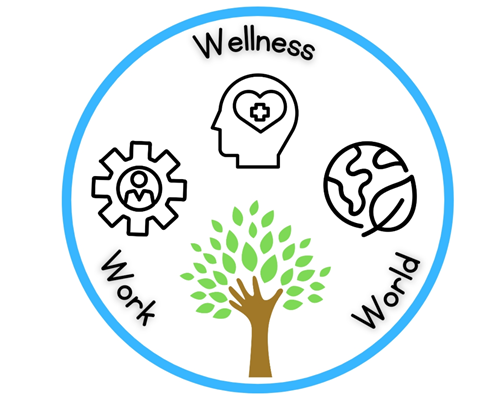Art and Design
Curriculum Leader - Mrs. Watson and Miss. Baylis
Subject Leader - Mrs. Millington
Link Governor - Mrs. Clayton

Art and Design stimulates imagination and creativity; involving children in a range of visual, tactile and sensory experiences, which enable them to communicate what they see, think and feel through the use of the elements of colour, texture, line, form and pattern. Art and Design promotes careful observation and an appreciation of the world around us. Children explore ideas and meanings through studying the work of artists and designers. Through learning about the roles and functions of art, they can explore the impact it has had on contemporary life and on different periods and cultures.
At Holmer Lake, art is fully inclusive to every child. Our aims are to fulfil the requirements of the National Curriculum for art and design, provide a broad and balanced curriculum and ensure the progressive development of knowledge and skills. Art and design teaching at Holmer Lake Primary instils an appreciation and enjoyment of the visual arts. Our aim is to engage, inspire and challenge pupils, equipping them with the knowledge and skills that will enable them to experiment, invent and create their own works of art, craft and design.
The aims of teaching Art and Design are to develop pupils who:
- Observe and record from first-hand experience and from imagination,
- Think critically and as they progress through school develop a more rigorous understanding of Art and Design.
- Are reflective and begin to understand how Art and Design shapes our history, and contributes to the culture, creativity and wealth of our nation.
- Experiment and produce creative work, exploring their ideas and recording their experiences.
- Are inspired to become proficient in drawing, painting, sculpture and other art, craft and design techniques.
- Develop competence in controlling materials and tools and an awareness of the visual and tactile elements including; colour, pattern and texture, line and tone, shape, form and space,
- Evaluate and analyse creative works using the language of art, craft and design and develop a cross curricular approach to the use of art and design in all subjects.
- Have a wide knowledge of great artists, craft makers and designers, and understand the historical and cultural development of their art forms.
- Enjoy and appreciation the visual arts and develop a knowledge of significant artists, craftspeople and designers


An example of Art and Design Curriculum End Points.


Click here to see the Art and Design Curriculum Overview
Reading
Opportunities are planned for children to read independently age-appropriate non-fiction texts that link to the area of art or the artist being studied. Children have the opportunity to research the work of different artists using reference books and digital media.

Writing
Children are encouraged to express their thoughts about their own and others work keeping a written record in the form of a sketchbook starting in Year 1. This allows them to evaluate the work they have produced.

Early Years Foundation Stage
The ‘Golden Threads’ are established in reception with children getting the opportunity to explore freely a range of materials, ideas and techniques. They are encouraged to explore notions of “identity”, gain the confidence to share their exploration and their thoughts, and to learn to appreciate and respect that others might have different experiences to their own. The children demonstrate that drawing, mark-making, making etc are physical as well as mental activities in which the mind and the body are involved. The children learn that every individual has the power to create and make, to manipulate and contribute to the world, for the enjoyment of their own self and for others.

SMSC and British Values
In Art, the work of children becomes a spiritual encounter as it develops from the initial learning of skills. They are introduced to the work of great Artists from different cultures and experience wonder and awe at the achievements of these great works of art. They also experience great admiration and respect for their peers’ work when they see the level of achievement and progress. Pupils understand that this standard of work does not happen immediately but requires endurance. The children learn mutual respect and consideration for others’ work. Pupils are encouraged to show compassion when assessing the work of others. Understanding how their comments can build up or destroy another’s self belief. Displays around the school and in classrooms show a variety of different art work from age groups and abilities. This promotes children to be positive about their work and increases self esteem.
Inclusion
At Holmer Lake Primary School we actively seek to remove the barriers to learning and participation that can hinder or exclude individual or groups of pupils. All children benefit from quality first teaching in the classroom where teachers set high expectations, cater for the needs of individuals, and provide opportunities for all pupils to achieve and progress. Teachers are aware that pupils bring different experiences, interests, and strengths to school which influence the way they learn. Teachers plan and adapt their approaches to teaching and learning so that all pupils can take part in lessons fully and effectively. For example, in Art, a pupil may require modified tools or different media to create their piece.
Curriculum Drivers
The Art curriculum provides opportunities for children to develop their understanding of how the present World they live, is impacted by the art and artists of the past. Learning about significant people of the past and their achievements, provides children with a base on which to develop their own Work aspirations and sense of opportunity in their futures. Children are encouraged to use their art for enjoyment, which is important for their health, Wellness and being.


